The Danish Girl and the Erotic Art of Gerda Wegener
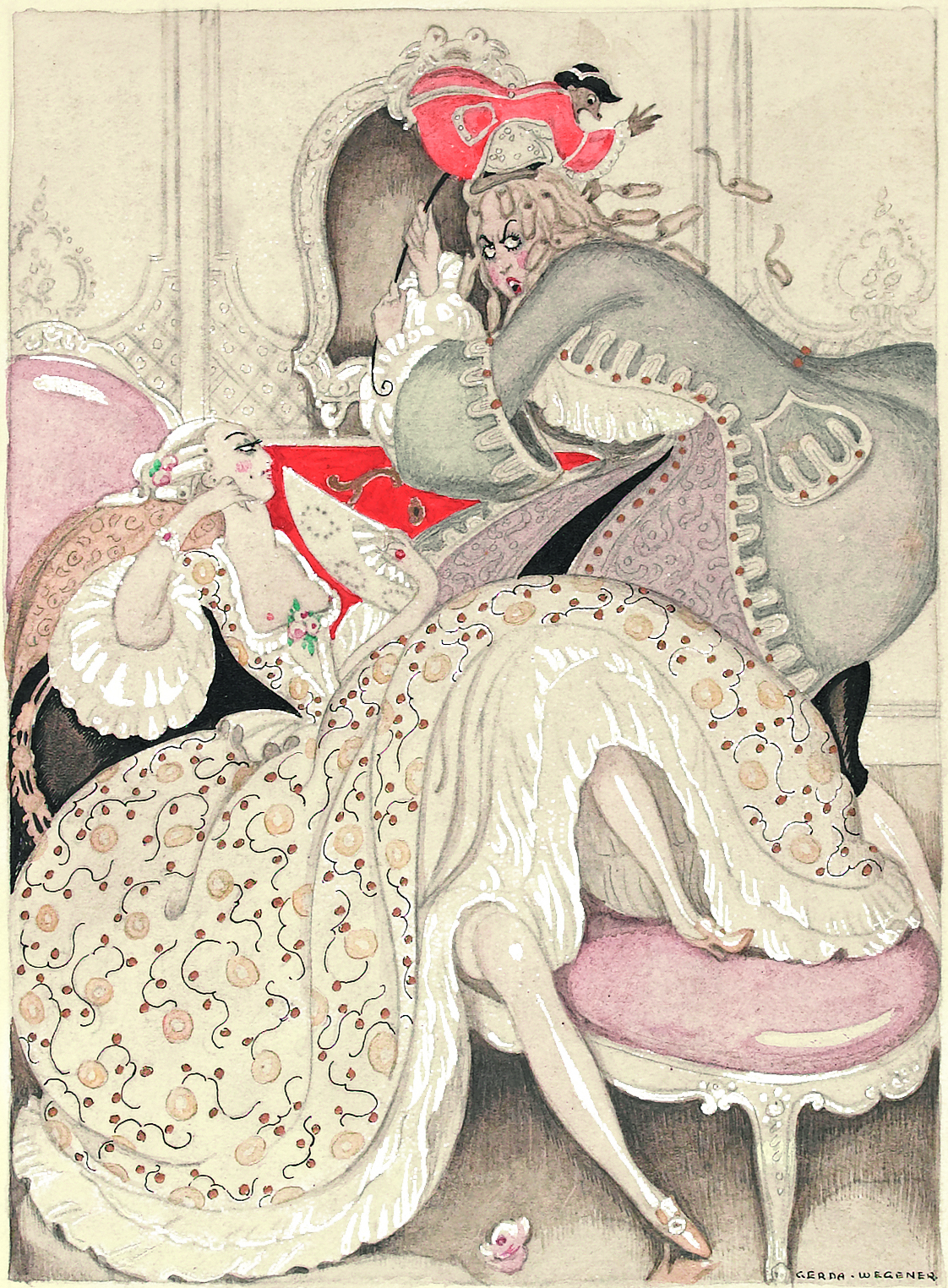
Who was Gerda Wegener?
Since its release, David Ebershoff’s debut novel The Danish Girl and its subsequent 2015 film adaptation have reintroduced artist couple Gerda Wegener and Lili Elbe to a new generation of twentieth-century illustration appreciators. Born in Hammelev, Denmark, in 1886, Wegener’s fashion and erotica illustrations defied the conventional norms of gender and sexuality prevalent in her era.

Wegener in Paris
In 1912, she moved to Paris with her spouse and received artistic acclaim, working as a fashion illustrator for various magazines including Vogue and La Vie Parisienne. While Gerda became well known—and faced criticism at times—for her erotica illustrations filled with lesbian themes, her spouse Lili Elbe, a transgender woman, underwent one of the first recorded gender confirmation surgeries in 1930. In Wegener’s explorations of womanhood, sapphic love and sensuality, Elbe often served as her model and muse. Challenging assumptions about the female subject in art, Wegener’s illustrations depicted women in leisurely poses or engaging in activities of pleasure, such as sex, dance, or theatre. Her art also often featured motifs inspired by classical myths, a popular subject matter among Art Nouveau and Art Deco illustrators working in and around Paris at the time.

Wegener’s Legacy
Despite her adherence to the fashionable Art Deco and Art Nouveau styles notorious to early twentieth-century European modernism, Gerda Wegener’s illustrations of lavishly dressed and beautiful women were thematically unlike those drawn by her male contemporaries of similar art styles. While she enjoyed some success as a fashion illustrator, Wegener was relatively unknown during her lifetime compared to other male Art Deco illustrators. A champion of queerness and female desire, Wegener’s work has gained popularity and recognition among feminists, and LGBTQ+ activists and community members since her death in 1940.
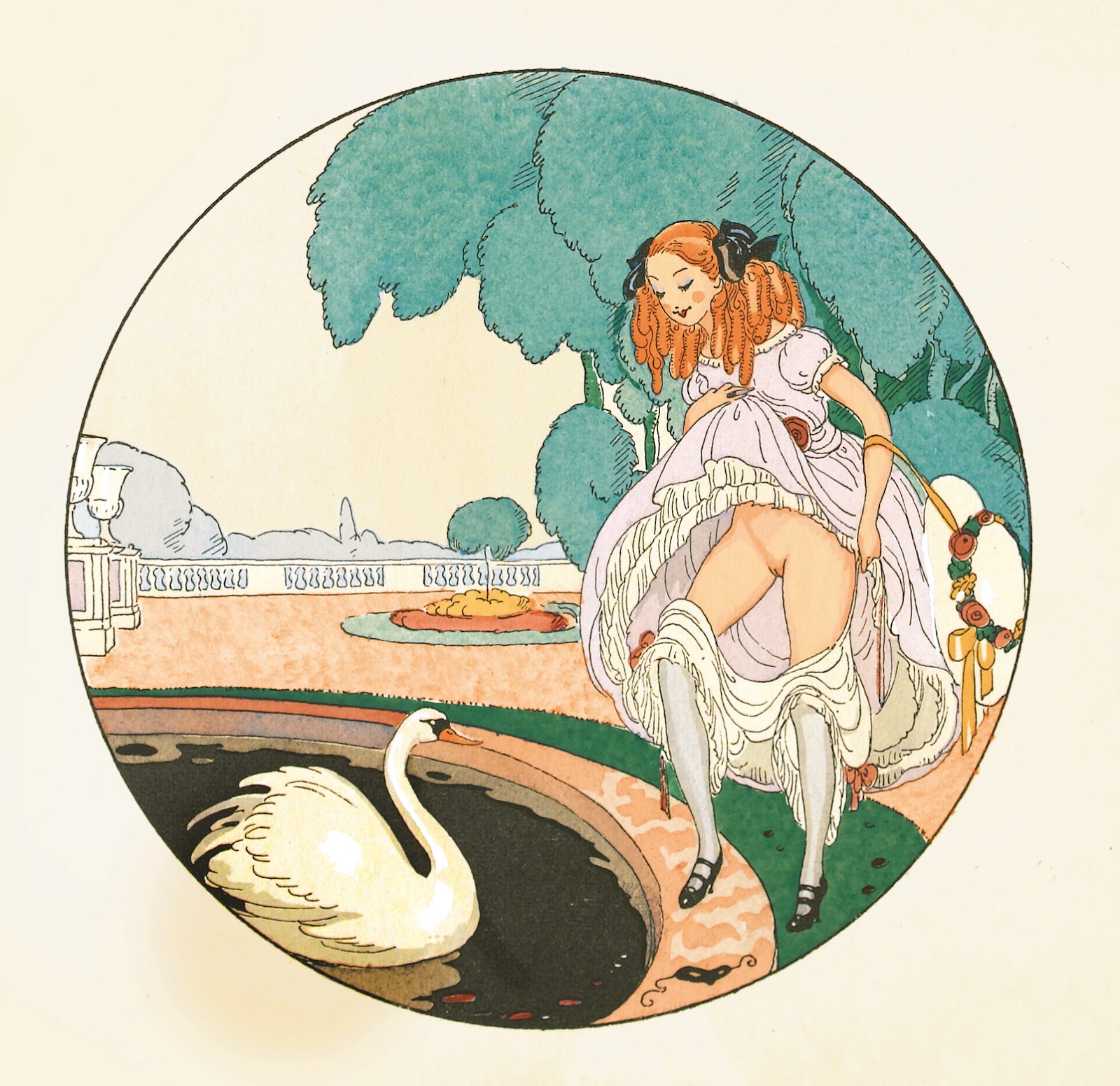
In her erotic works, Wegener often substituted her signature for a domino mask symbol in the lower right or left of each piece. Due to the taboo nature of erotica made by and for women during the first half of the twentieth century when Wegener was active, her erotica is now highly sought after by collectors around the world. Many fine examples of Wegener’s works have been featured in Swann Galleries’ auctions over the last decade.
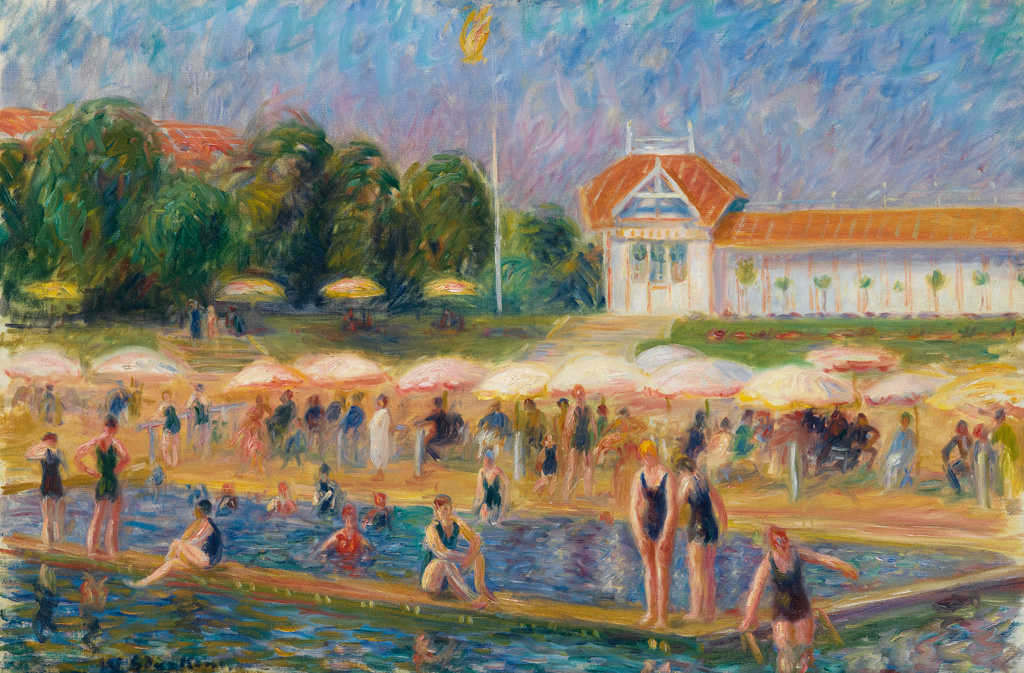
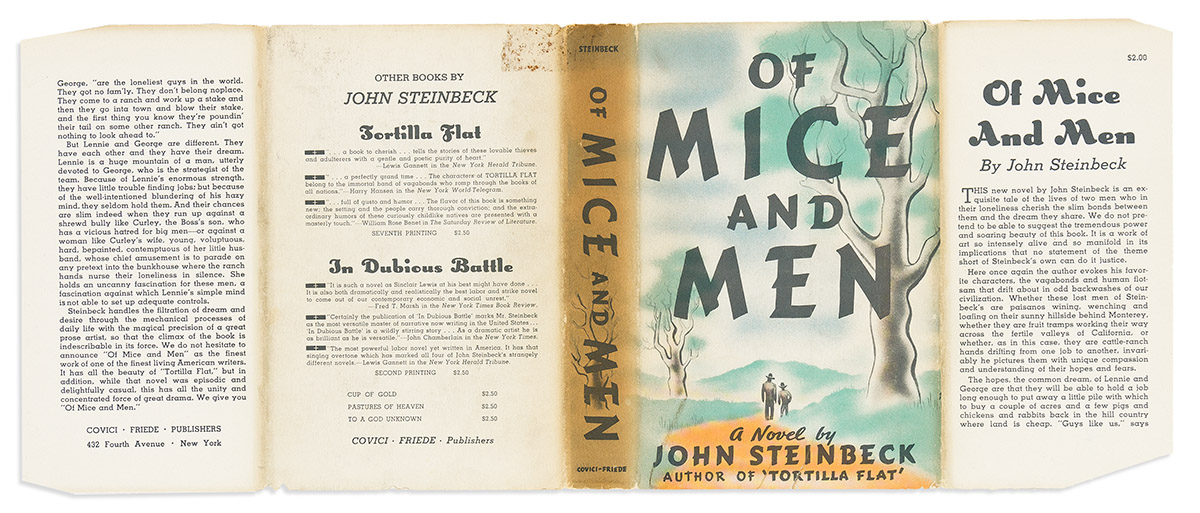
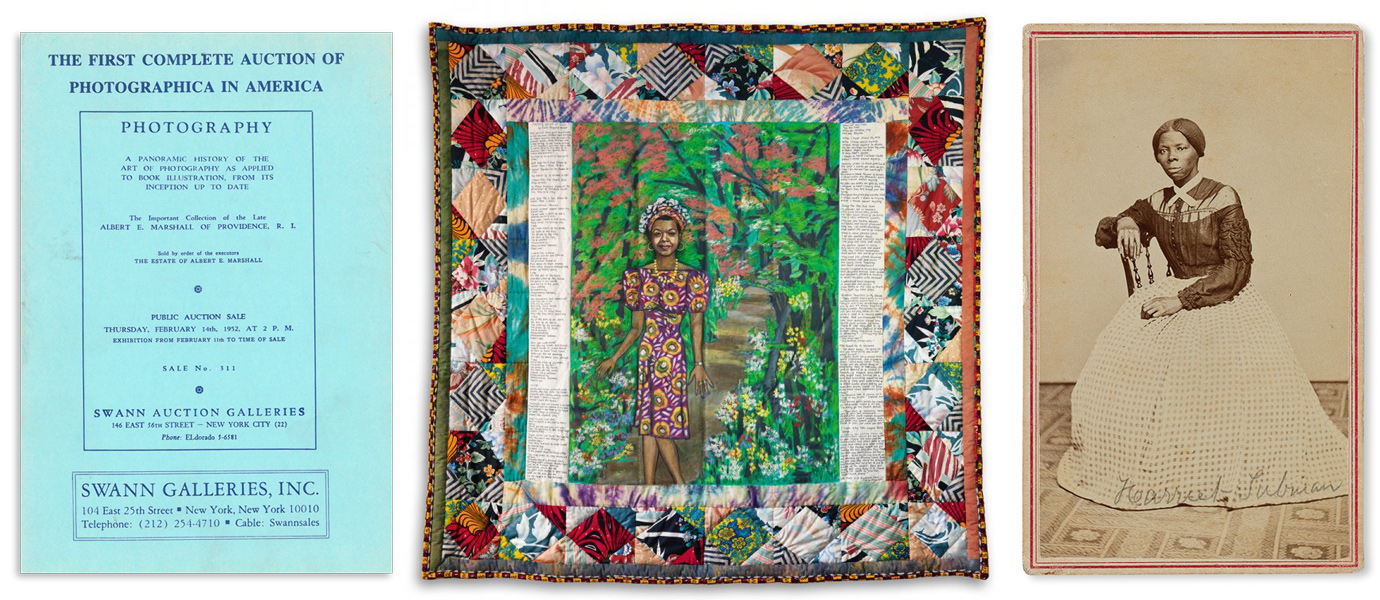






![Grace Meschery-McCormack shares about two copies of Fernando de Rojas’s ‘La Célestine,’ including a limited edition copy illustrated by Pablo Picasso.
At auction April 22. Learn more about the works at the link in our bio.
#Rarebooks #rarebookdealer #antiquarianbooks #auctions
_______________________________________
Music Credit:
Schubert - Piano Quintet in A major ‘The Trout’, D. 667 - IV. Andantino – Allegretto
Music provided by Classical Music Copyright Free on Youtube [https://tinyurl.com/visit-cmcf]
Watch: • Schubert - Piano Quintet in A major ‘...]](https://scontent-iad3-1.cdninstagram.com/v/t51.75761-15/491443494_18499096345036585_5935932878956098058_n.jpg?stp=dst-jpg_e35_tt6&_nc_cat=107&ccb=1-7&_nc_sid=18de74&_nc_ohc=m-4Ir9scQRgQ7kNvwF0EC_d&_nc_oc=Adk6vWHvJMH5TK67zw75jTpjO3KqV6u2qJzpfUwC4bmSaYLGiSmw5xfkUuplusJ5mI8&_nc_zt=23&_nc_ht=scontent-iad3-1.cdninstagram.com&edm=AM6HXa8EAAAA&_nc_gid=wZQQw6XoV_TKrT8-gFRP8Q&oh=00_AfFFcoa25Leistx0sOaapsk1WCrSIH4pC1NUAHr6rMUaLA&oe=680D0F11)








